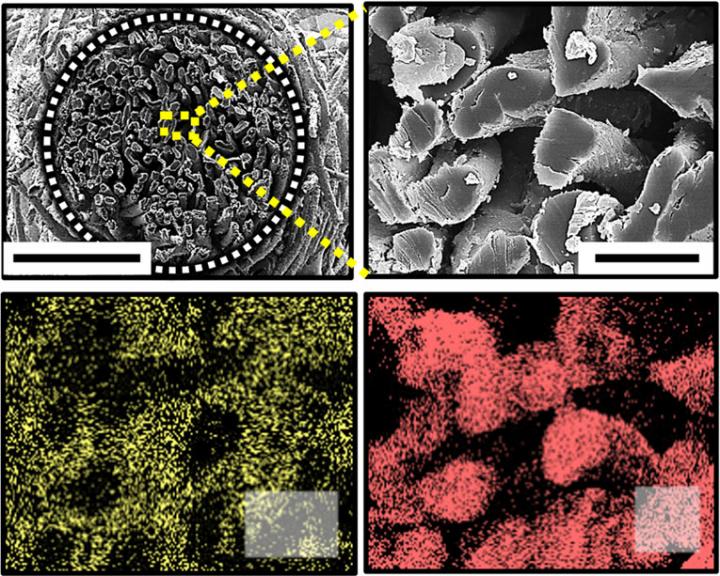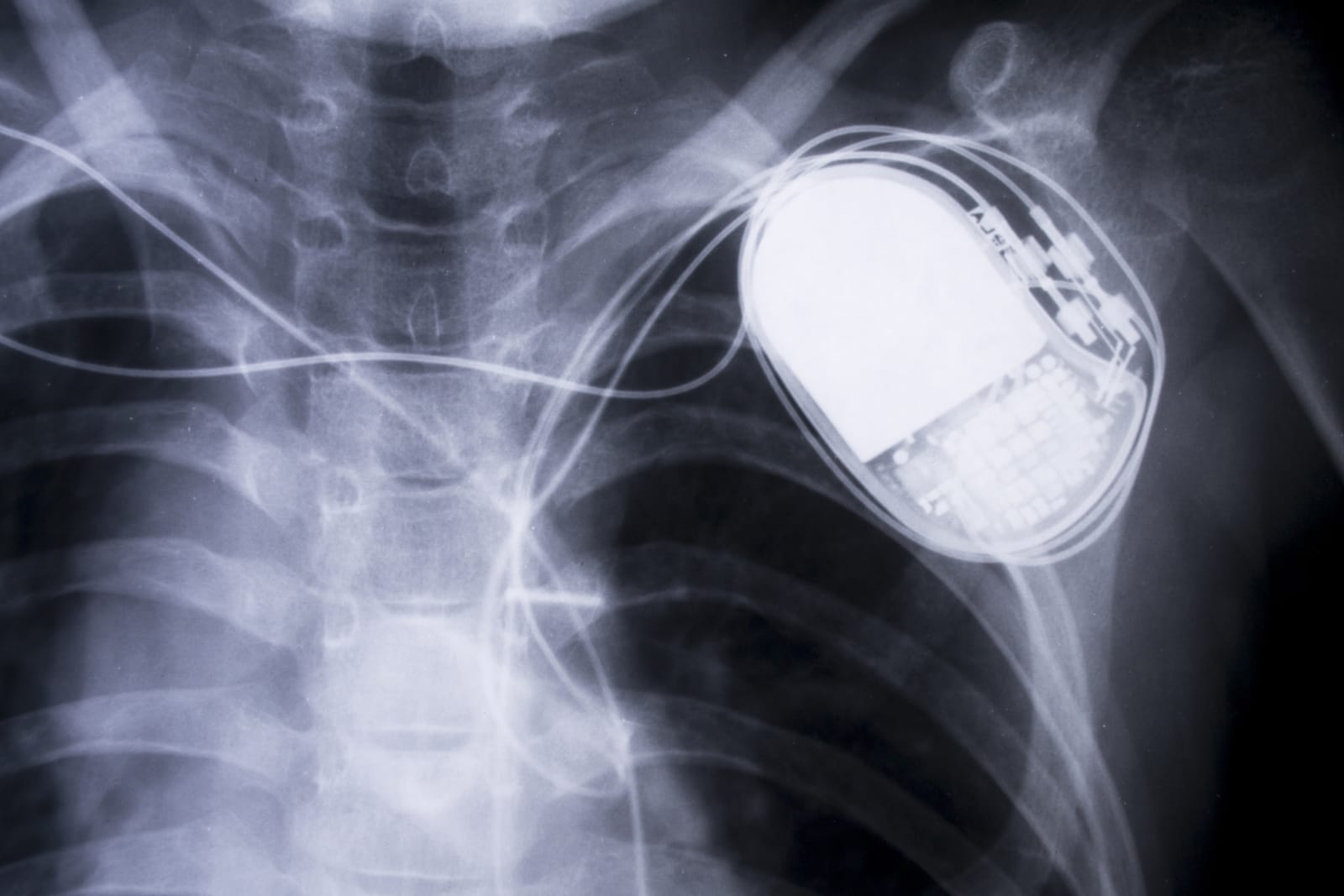
There's a whole sea of jellyfish out there ready to sting indiscriminately. So, why do we keep trying to make them? Scientists from Harvard and Caltech have a pretty good reason for creating fake jellies -- they hope to mend broken hearts by adapting their 'pumping' style of movement. Much like our own vital organ, the creatures are a mass of muscle adept at shifting fluid, meaning the research has several medical applications, such as bioengineered pacemakers for busted tickers. In creating the Medusoids, the team used a silicon scaffold coated in functional rat cardiac tissue, copying the muscle layout of a real jellyfish as best they could. When immersed in salt water and treated to bursts of current, the cells contract and cause the silicon sheet to move in a way eerily similar to the real thing. Next step for the team? An autonomous version that can move and potentially feed without their influence, of course. And, after seeing the little swimmers in action, we've certainly got palpitations. See what we mean after the break.
Continue reading Fake jellyfish made from rat cells have a place in our hearts (video)
Filed under: Science
Fake jellyfish made from rat cells have a place in our hearts (video) originally appeared on Engadget on Mon, 23 Jul 2012 14:59:00 EDT. Please see our terms for use of feeds.
Permalink  The Register
The Register |
 Nature Biotechnology
Nature Biotechnology |
Email this |
Comments
 Researchers at the Georgia Tech and Korea University believe they have found a way to power implantable medical devices like pacemakers with a new fuel cell made from cotton fiber. The glucose-powered biofuel cell could provide twice as much power as...
Researchers at the Georgia Tech and Korea University believe they have found a way to power implantable medical devices like pacemakers with a new fuel cell made from cotton fiber. The glucose-powered biofuel cell could provide twice as much power as...
 Researchers at the Georgia Tech and Korea University believe they have found a way to power implantable medical devices like pacemakers with a new fuel cell made from cotton fiber. The glucose-powered biofuel cell could provide twice as much power as...
Researchers at the Georgia Tech and Korea University believe they have found a way to power implantable medical devices like pacemakers with a new fuel cell made from cotton fiber. The glucose-powered biofuel cell could provide twice as much power as...
 According to a cybersecurity notice from the Food and Drug Administration, certain pacemakers and cardiac devices are currently vulnerable to hacking. Although security researchers have warned about the security risks to medical devices for years now...
According to a cybersecurity notice from the Food and Drug Administration, certain pacemakers and cardiac devices are currently vulnerable to hacking. Although security researchers have warned about the security risks to medical devices for years now...


